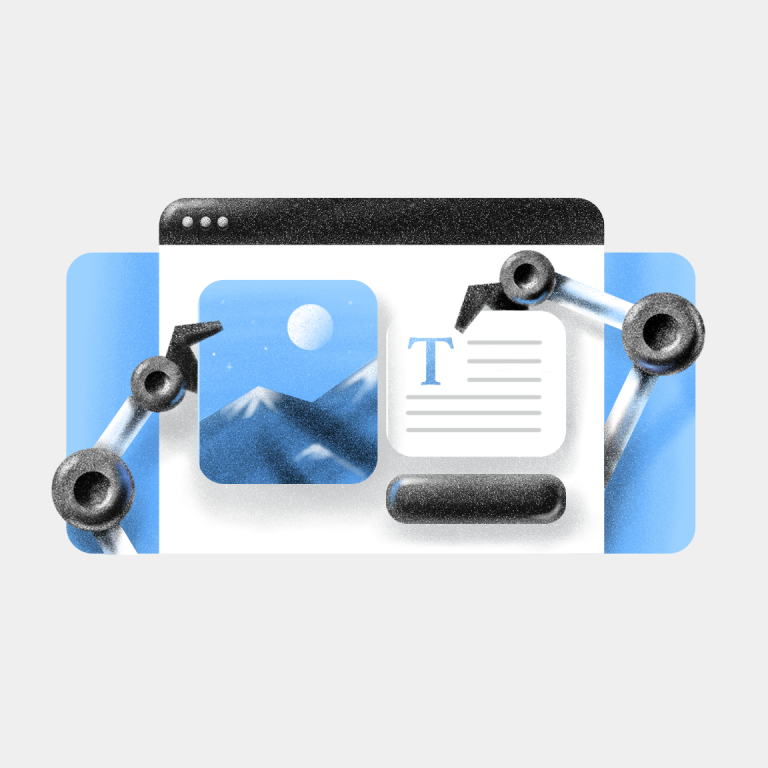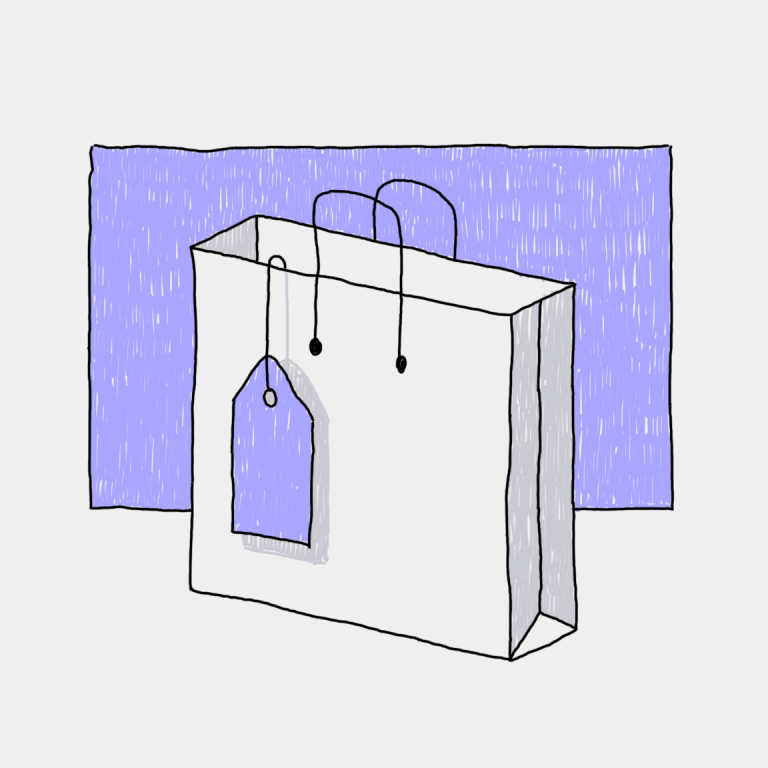The most common business models you’ve probably heard of are B2B, B2C, subscriptions, and
This post will focus on the B2B definition and every facet of this business model. So, what does B2B mean? Keep reading to find out!
Business-to-Business (B2B) Meaning
B2B means
Unlike consumer purchases, B2B transactions are more complicated than a simple purchase in an online store. They involve larger order quantities, negotiations, and the shipping and delivering large amounts of goods.
B2B companies keep many markets moving forward. Think about the last time you purchased an item from a major retailer. Regardless of what the product was, it likely came from a manufacturer who sold it to a supplier. This is a typical example of the B2B business model.
Even though the consumer is not involved in the B2B sale, it directly affects their shopping habits and what is made available to purchase in stores.
B2B Examples
If you find yourself Googling, “What is a B2B company?”Here are some common examples of B2B companies in various industries.
- Wholesalers and manufacturers of goods
- Wholesalers and retailers
- SaaS companies selling a service to companies
- Marketing agencies that help small businesses grow
- Payment processing companies sell their services to retailers
- Telecom service providers for businesses
Who do B2B Companies Sell To?
- Private businesses
- Wholesalers
- B2C companies
- Government groups and public entities
Direct-to-consumer organizations
Defining B2B Sales
This section answers the question, ‘What is B2B sales?’. Let’s jump in!
In 2022 alone, B2B ecommerce revenue reached $2 trillion — the opportunities in this market are substantial.
Traditionally, B2B sales entail much higher transaction amounts, educated buyers (as they work for relevant companies), a lengthy approval process, and a much longer sales cycle.
Business-to-Business Service Challenges
Like any business model, B2B services have their own challenges and drawbacks specific to the market and customer base they’re serving. This includes:
- Cash flow management
- Customer loyalty
- Digital presence
- Sales process
- Sales cycle
Cash flow management
Working with other businesses means managing invoices, late payments, and various client payment windows. Some B2B companies bill in
Dealing with conflicts related to delayed client payments can be a significant deterrent for B2B companies. Without cash flow, purchasing inventory, paying bills, paying employees, and dealing with various business expenses is challenging.
Customer loyalty
Fostering customer loyalty takes time, energy, and consistency in any business model.
Since many B2B companies are
As B2B companies showcase their commitment to customer satisfaction, customer loyalty builds over time. Whether they’re selling a service, a platform, or products, improving the functionality and quality is
Digital presence
Establishing a solid digital presence online is essential for B2B companies to market themselves and sell products or services.
From a captivating website to interactive social media platforms, existing online is no longer an option for businesses — it’s a requirement. If you want to compete in the space, you must participate in the digital revolution.
Any B2B company should maintain a website with information on their products or services so potential customers can find them. Using best practices in SEO (search engine optimization), businesses can increase their search engine ranking amongst their potential customers.
Did you know that 95% of B2B businesses utilize social media? They advertise products, interact with customers, and perform lead generation. This shows how valuable a digital marketing strategy is for B2B companies, regardless of their industry or market.
Organized sales process
The sales process can be long and unorganized for many B2B companies. When relying on multiple people within an organization to make a decision, the process is daunting.
B2B sales reps can combat this long sales process by doing their research to find companies who are genuinely in need of their service or solution. B2B buyers are about 57% into their
The sales process is best organized into the following strategic steps:
- Researching potential customers, competitor offerings, and market trends
- Prospecting leads for sales pitches, demos, and exploratory calls
- Assessing target customers to determine if your solution provides a fix
- Pitching your service or products in a tailored way
- Winning the sale
- Following up with
add-ons and other features of the product - Maintaining the relationship with the customer for referrals and additional business opportunities
How Does a B2B Transaction Work?
Three main types of B2B sales and transactions occur, including the following.
1. Supply chain sales
B2B companies sell supplies or equipment to other companies, like wholesalers or retailers. The purchase involves multiple stakeholders rather than a consumer purchasing one unit at a time.
The buying process may require more authorization, and multiple people are involved. Supply chain sales include medical or office supplies, equipment, clothing, and more.
2. Wholesale
Wholesale suppliers sell products like food and beverages to restaurants and stores at low prices. These companies turn around and sell the products directly to the consumer at a
3. Service/Platform sales
From platforms that send SMS messages to payroll software and task management, B2B platforms and services are abundant for various companies. These purchases involve several organizational people, including a Sales manager, CTO, and even the CEO.
B2B vs. B2C: Key Differences
Now that you know the B2B sales meaning, it’s time to explore the key differences between B2B and B2C.
The primary difference between B2B and B2C is the customer. Where B2B serves other businesses, B2C involves businesses selling directly to consumers.
B2C sales typically include lower prices (i.e., when you shop at a retailer like Target), and the buying decisions come strictly from the consumer. Some B2C examples include:
- Buying a custom
t-shirt through an ecommerce store - Purchasing a smartphone from a telecom provider like Verizon or AT&T
- Buying goods from a farmer’s market
There are endless examples of B2C interactions, but the big picture is simple. Any time you as an individual purchase goods or services directly from a store or company is considered B2C.
Other key differences between B2B and B2C include:
Salesperson involvement
With B2B sales, at least one (if not more) salesperson is involved in the process. Whether vetting new technology or researching a new product to add to your inventory, B2B requires more involvement on both sides.
B2C, on the other hand, doesn’t always require the help of a salesperson. You don’t need the influence of a salesperson when picking up groceries for the week. You may need help when shopping at a clothing store but already intend to buy, so a salesperson isn’t as necessary.
Transaction value
Some B2C purchases, like buying a home, a vehicle, or luxury goods like diamonds, have high transaction values. For the most part, the transaction value of consumer purchases is much lower when compared to B2B purchases.
Payment methods
In a B2C transaction, the consumer pays the business upfront to purchase goods. In a B2B transaction, the sales and payment processes are much more drawn out. Potential customers often use the product or service on a trial basis to test the features and decide whether or not it’s what their business is looking for.
Final Thoughts on B2B
For more information on B2B, including our highly coveted marketing strategies, explore the Ecwid ecommerce blog. We share tons of resources, relevant content, and








